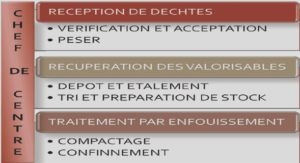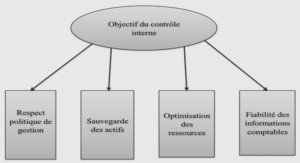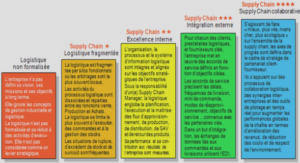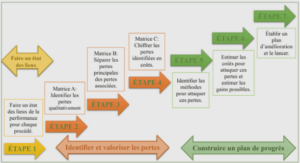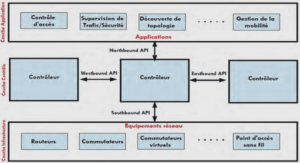Introduction to tool steels
Tool steels are used for cutting, forming, or shaping a material into a part or component adjusted to a specified application (Arai et al. 1991). Cutting tool steels show high strength and wear resistance but they should have also good toughness to absorb high energies applied during service (Arai et al. 1991). In addition to cutting tools, many tool steels are also widely used for machinery components and structural applications such as high-punches and dies, wear-resistant liners, etc (Arai et al. 1991). These alloys contain relatively large amounts of tungsten, molybdenum, vanadium, and chromium. These elements make it possible to meet increasingly rather high service demands and to provide greater dimensional control and freedom from cracking during heat treating.
Each grade of tool steel requires a specific heat treatment procedure in order to achieve the optimum properties for any given application (Weast 1981-1982, Arai et al. 1991, Tarkany 2000). The final microstructure of these steels is composed of martensite (matrix), carbides and some undesired retained austenite. In this project, the focus will be on the heat treatment cycle of AISI D2 tool steel.
General production cycle for a tool steel
The production cycle of a tool steel consists of ingot casting, thermomechanical (hot forging and/or rolling), machining, and thermal heat treatments (Arai et al. 1991, Roberts et al. 1998). The thermomechanical treatment starts after casting and it consists of hot forging or rolling in order to homogenize the cast microstructure and break down the large networks of eutectic carbides formed during casting (Arai et al. 1991, Roberts et al. 1998). After that, annealing stage is carried out to generate uniform microstructure. Most of the tool steels are formed or machined to produce the desired shape prior to hardening heat treatment (Arai et al. 1991, Roberts et al. 1998).
During quenching, martensitic transformation progresses until temperature falls to Mf. The Mf temperature can be below room temperature, so austenite might only, to some extent, transform to martensite with the remaining structure being retained austenite and undissolved eutectic carbides. The carbon content and additive alloying elements affect both Ms and Mf temperatures . Some alloying elements increase Ms and Mf while others reduce them. In AISI D2 tool steel, carbon and chromium (main alloying elements) reduce both Ms and Mf temperatures . For AISI D2 tool steel Ms and Mf were measured as 403K and 173K, respectively (Gavriljuk et al. 2013). Martensitic microstructure after the hardening cycle (austenitizing and quenching) is hard and brittle (Speich and Leslie 1972). Tempering is the process of heating martensitic steels to temperatures close to 773K so that they become more ductile (Speich and Leslie 1972). Tempering involves the segregation of carbon to lattice defects, and the precipitation of carbides, and the decomposition of retained austenite. Based on the temperature range selection for tempering, different stages are proposed for microstructure evolution in tool steels (Speich and Leslie 1972).
The first stage consists of heating to temperatures between 373K and 473K, which is the region for the formation of transitional carbides such as epsilon (ε) (hcp crystal structure) and eta-carbides (η) (orthorhombic crystal structure). The second stage is called decomposition of retained austenite and it occurs in the range of 473K to 573K. Cementite (Fe3C, orthorhombic) forms when most steels are tempered between 523K and 973K. This step is called the third stage of tempering. If, carbide forming alloying elements such as Ti, Mo, V, or W are added to the steel, a further and important strengthening reaction will occur between 773K and 873K. This stage will be the fourth stage of tempering and it is also called secondary hardening stage (Speich and Leslie 1972).
Studies on the evolution of mechanical properties of AISI D2 tool steel has shown good combination of high hardness and high wear resistance after conventional heat treatment (Roberts et al. 1998) but also researches have also reported poor ductility of the alloy after conventional heat treatment (Teymuri et al. 2011). The decomposition of austenite to ferrite, the formation of film like cementite, and the segregation of embrittling elements such as Cr at prior austenite grain boundaries during tempering are proposed as root causes for the observed poor ductility (Speich and Leslie 1972, Ghasemi-Nanesa and Jahazi 2014). In order to transform all the austenite to martensite before tempering, the Mf temperature should be reached during the quenching step .
INTRODUCTION |


